7 Facts About Owls For People Who Appreciate Mysterious Animals
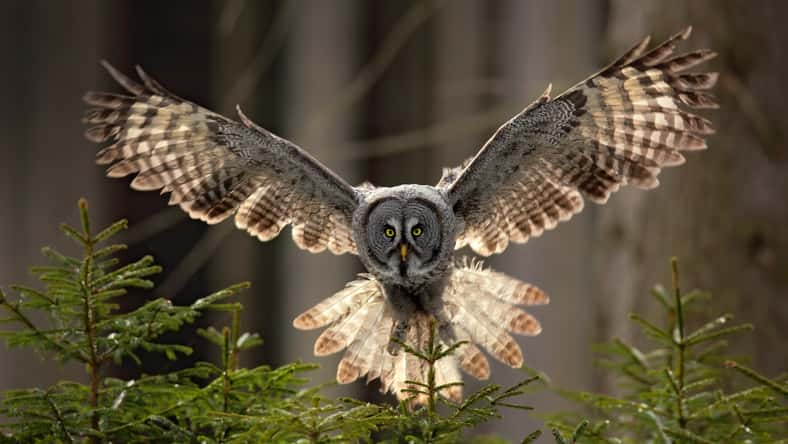
Owls Are Mysterious, Spooky, And Connected To Ancient Myths

Owls are birds of the night. They’ve been the subject of spooky stories and ancient myths for as long as anyone can remember.
They stand out from other bird species due to their ability to rotate their heads like something out of a horror movie and glide across the skies in almost complete silence, not to mention their big, round, unblinking eyes that seem to stare into your soul.
Here Are 7 Facts About Owls
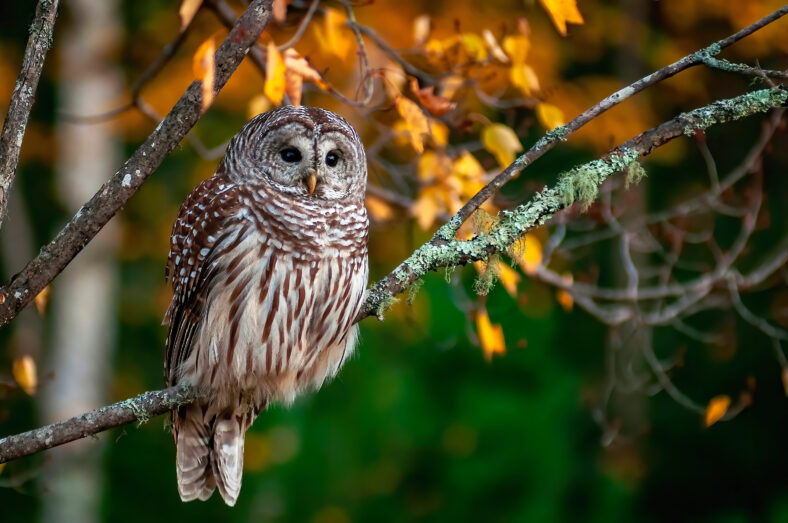
They are found on every continent except Antarctica. Whether you’re an aspiring birdwatcher or just someone who likes to collect tidbits of information, here are seven facts about owls that make these creatures so unique.
1. Owls Have Flexible Necks
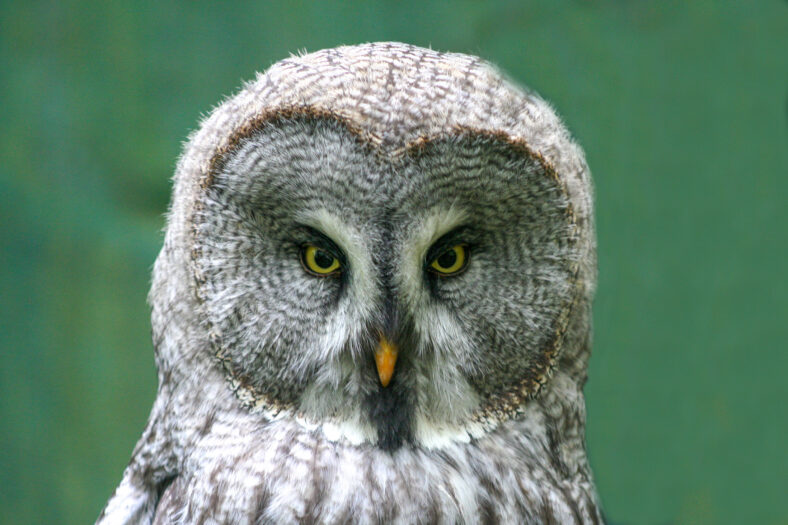
These birds cannot actually turn their necks 360 degrees as many people seem to think. They can turn their heads 135 degrees in either direction when facing forward, which is still super impressive. This flexibility is necessary for owls because they can’t move or roll their eyes.
2. Owls Do Not Have Eyeballs
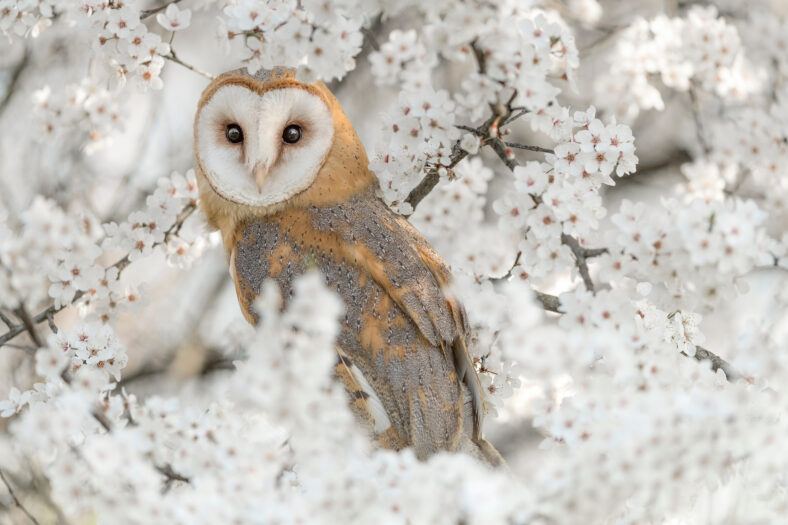
Instead of eyeballs, owls have more like what you would call eye tubes. They are elongated and held in place by the sclerotic ring, a bony structure in the skull. As a result, owls cannot move or roll their eyes.
They have incredible night vision and can see far away. They also have three eyelids, and each has its own purpose. One is for blinking, one is for sleeping, and one is for keeping their eyes clean.
3. Owl Feathers Help With Silent Flight
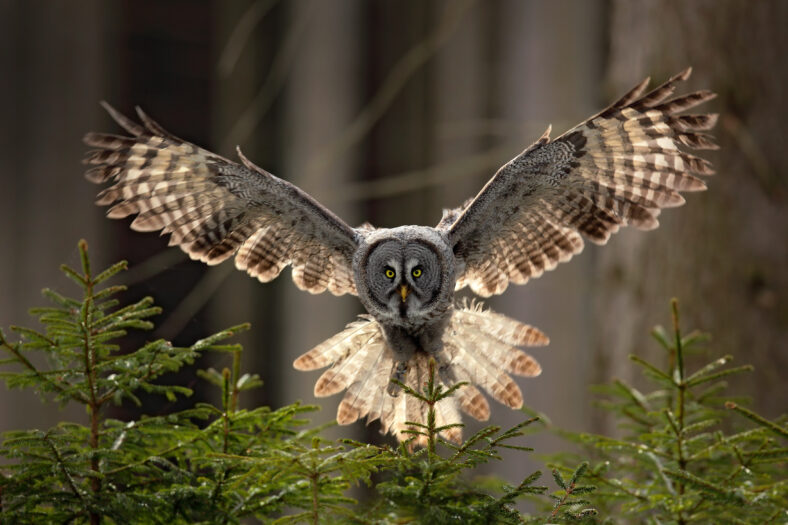
In order to swoop in on prey, owls must fly in complete silence so they don’t alert their prey that they’re coming in hot. Their broad wings help them glide through the air, reducing the amount of flapping they need to do.
Many owl species have feathers that help them flap more quietly. The primary flight feathers are stiff fringes that minimize turbulence, and fine, downy feathers further dampen the sound.
4. Owls Do Not Chew Their Food

Without any teeth in their beaks to chew food, owls will swallow their prey whole or in large chunks. Anything that is not digestible, such as bones, fur, and insect exoskeletons, is formed into pellets. The pellets are then regurgitated from the stomach.
5. Owls Take Over Other Nests
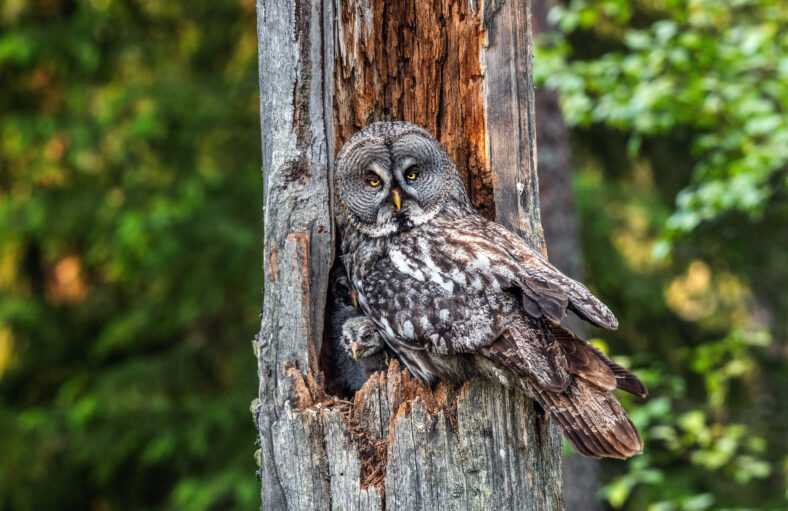
One thing owls aren’t good at is building their own nests. They prefer to take over abandoned nests already built by other birds, like hawks, crows, or even squirrels. Some owls shelter in the cavities of trees or even nest in burrows on the ground.
6. Not All Owls Hoot
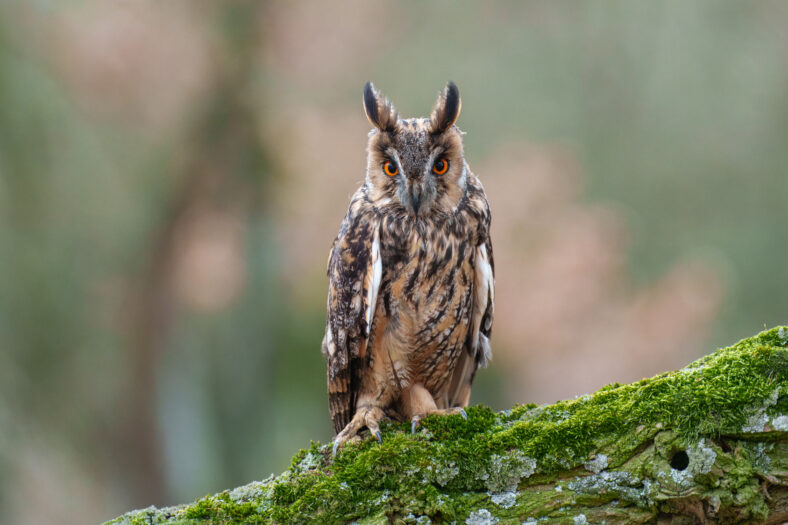
Owls are associated with hooting, but not all of them sound the same. The great horned owl emits the characteristic hoot, while the barn owl makes a harsh screeching noise that sounds like a door squeaking open. There’s also the barred owl, which sounds more like a neigh from a horse than any other bird.
7. Number Of Babies Depends On Food Supply
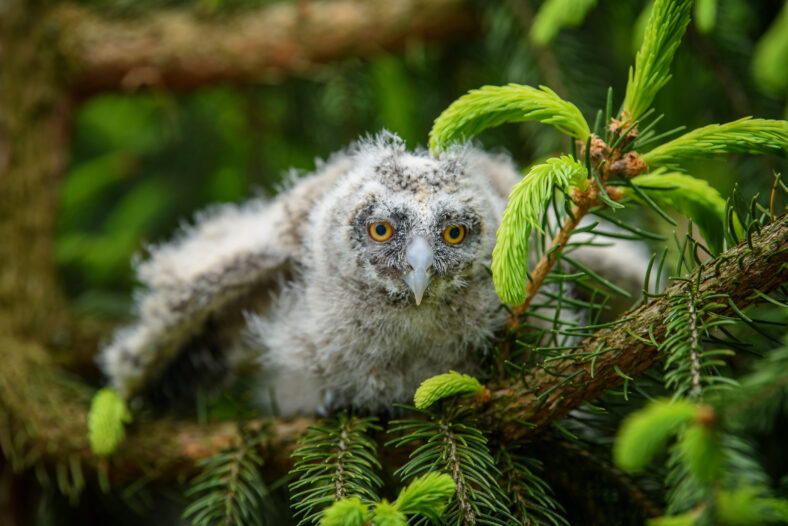
If food supplies are low, an owl may not lay an egg at all. In years when food is abundant, a mother owl can lay between one and 14 eggs. Different species are known to lay different numbers.
The mother loses the feathers on her belly during the incubation process to provide more body heat for the eggs. The baby owls will hatch three to five weeks after being laid and will hatch in the order they were laid.
More About:Animals





